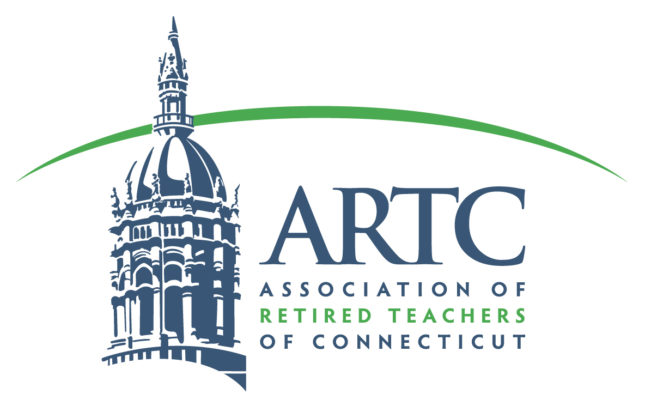NCTR FYI
NEA Reports on 2013 State Legislative Activity Affecting Pensions
The Collective Bargaining and Member Advocacy unit of the National Education Association (NEA) recently released a fact sheet entitled “Public Education Pension Plans 2013: A Yearly Legislative Status Report” highlighting the state legislative activity in 2013 that involved teacher pension plans.
Included are both the successful efforts to block so-called “pension reform” as well as legislation that was adopted that NEA says “harms the retirement security of future, current, and retired public education employees.”
The NEA believes that the retirement security of educators remains under “intense attack,” and says that they expect many more damaging proposals, “even in states where changes have been enacted or a harmful proposal has previously been defeated.” They specifically reference the “teaming up” of the Laura and John Arnold Foundation and the Pew Charitable Trusts “to promote changes that would undermine the retirement security of public school employees and other dedicated public service workers.” “If their efforts are successful and spread across the nation,” the NEA warns, “this could ultimately force talented educators out of our public schools or have the best and brightest avoid education as a career choice.”
The NEA lists several steps that it believes can help minimize the potential for assaults on public employee pensions and “maximize our ability to respond to challenges, attacks, and misinformation.” These include:
- Start early and be proactive.
- Educate and activate members about the value of their retirement benefits.
- Build coalitions and alliances.
- Engage in pension study commissions where they exist.
A new year with new challenges; be prepared!
“Public Education Pension Plans 2013: A Yearly Legislative Status Report”
Public Pension Opponents Claim Costs of Closing DB Plans Can Be “Virtually Eliminated”
In a recent opinion piece in Pensions and Investments, three vocal opponents of public pension defined benefit plans argue that transition costs to alternative models should not be seen as a bar to pension reform. Indeed, they claim that once “the full economic costs of defined benefit plans” are accounted for, “in particular the large contingent liabilities that risky pension investments impose on future taxpayers and public employees, the supposed costs of shifting to more transparent and financially sustainable models are virtually eliminated.”
Josh McGee (vice president of public accountability at the Laura and John Arnold Foundation), Andrew Biggs (a resident scholar at the American Enterprise Institute), and Michael Podgursky (a professor of economics at the University of Missouri, Columbia) insist that the assertions of public defined benefit plans and “the actuaries who work for them” are simply wrong. Indeed, McGee, Biggs, and Podgursky assert that the claim that shifting new hires to alternate plans actually increases costs is “nonsense.”
Specifically, they argue that:
Requiring the sponsor of a closed defined benefit pension plan to more quickly amortize its unfunded liabilities has never been required by the Governmental Accounting Standards Board (GASB); even if it were, they claim that increasing payments in the short term produces even larger savings in the long term, and “[p]ortraying this as a prohibitive cost is seriously misleading.”
Shifting to progressively less risky and more liquid assets to ensure a closed DB plan has enough money on hand to make benefit payments as the fund winds down will not require more contributions to the plan to offset lower returns from these more liquid investments. “A closed plan would need to hold more liquid investments at the very end of its existence, but this shift need not happen until the remaining asset base is very small,” they argue. Since only a small portion of pension assets are truly illiquid, they claim that shifting to more liquid investments “would have a trivial effect on overall plan cost.”
A closed pension plan that takes less investment risk imposes smaller contingent liabilities on future generations. Therefore, the total cost of the plan remains unchanged.
McGee, Biggs, and Podgursky conclude that advocates of traditional DB pension plans “view these plans as virtual money machines that can generate high investment returns by holding stocks―and, increasingly, private equity, hedge funds, and other alternative investments―while ignoring market risk.” Calling this a “seemingly magical model,” they insist that instead, “capping the source of unfunded pension liabilities would reduce risk and cost going forward” and that shifting new employees into “more sustainable defined contribution, cash balance or hybrid plans” should be considered.

